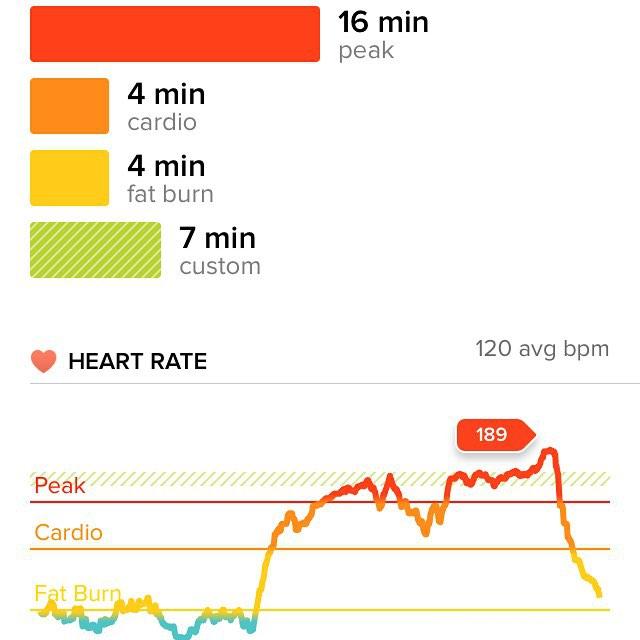…is both the title of a book, and a thing I’d very much like to do. What’s stopping me?
It’s not genetics, because that only sets the boundary parameters. Sure, I’ll never literally be a leopard. But the set of genes I’ve been dealt seem pretty choice. Bonus, I can even change my genetic expression. So genetics is not what’s holding me back.
There are two things holding me back: My mindset and knowledge.
Mindset — I like to think of it like this: See this body? This is the body which results from all my choices and my mindset up to this moment. I don’t want a different body so that I can do this or that. (Well, I do but that’s exactly the problem.) Instead, I need to make better decisions. Here are a few ways that I use to steer my life…
- “I’m not currently able to do that. To do that, I would first need to work on this, strengthen this, and learn this other skill.” (Never simply, “I can’t do that.“)
- “That isn’t a priority for me now.” (Never simply, “I don’t have time for that.“) Saying, “Sleep isn’t a priority,” or “Healthy eating isn’t a priority,” sorts my mindset out quickly.
- “I am the sort of person who…” …is barefoot, until I have a reason to add things to my feet. …goes to bed early and regularly. …enjoys spending time preparing healthy meals. …is willing to say that isn’t a priority so that I can have a larger yes for things which are important to me.
Knowledge — There are many things which are a priority for me. Learning everything about each of the fields of human biology, physiology, kinesiology, nutrition, etc. is not a priority. I’ve made great strides in figuring out solutions to many of my problems, but it’s too enormous of a knowledge space for me to learn everything in every field.
Years ago (h/t Jesse!) I first saw a copy of Kelly Starrett’s book Becoming a Supple Leopard. It was an impressive book, and was well recommended. But I was still at a place in my journey where I wanted to carve my own path, and went on my way trying to figure everything out on my own. But no more!
Recently (h/t Andrew!) I was gifted a big, beautiful 2nd edition of the book. Which dovetails nicely with my no longer wanting to figure everything out on my own. So I’ve been diving into Starrett’s Becoming a Supple Leopard.
The third and most notable problem with our current thinking is that it continues to be based on a model that prioritizes task completion above everything else. It’s a sort of one-or-zero, task-done-or-not, weight-lifted-or-not, distance-swum-or-not mentality. This is like saying, “I deadlifted 500 pounds, but I herniated a disc,” or, “I finished a marathon, but I wore a hole in my knee.” Imagine this sort of ethic spilling over into the other aspects of your life: “Hey, I made you some toast! But I burned down the house.”
~ Kelly Starrett from, Becoming a Supple Leopard
I’m still reading the entire book-worth of information in the first part of the book. Plus, the middle parts are an encyclopedic compendium of gargantuan proportions with hundreds of mobility exercises. I skimmed through all of it, and resigned myself to never being able to try, let alone learn, all of them in a systematic fashion. Instead, in the back of the book there is a 14-day system for cherry-picking things to do, and that is the thing I’m digging into. In fact, I expect I’ll simply repeat the 14-day thing (changing what specific activities I’m picking) until I become bored or a supple leopard.
To make that a little easier, I made this PDF so I could print and write directly on it:
ɕ



